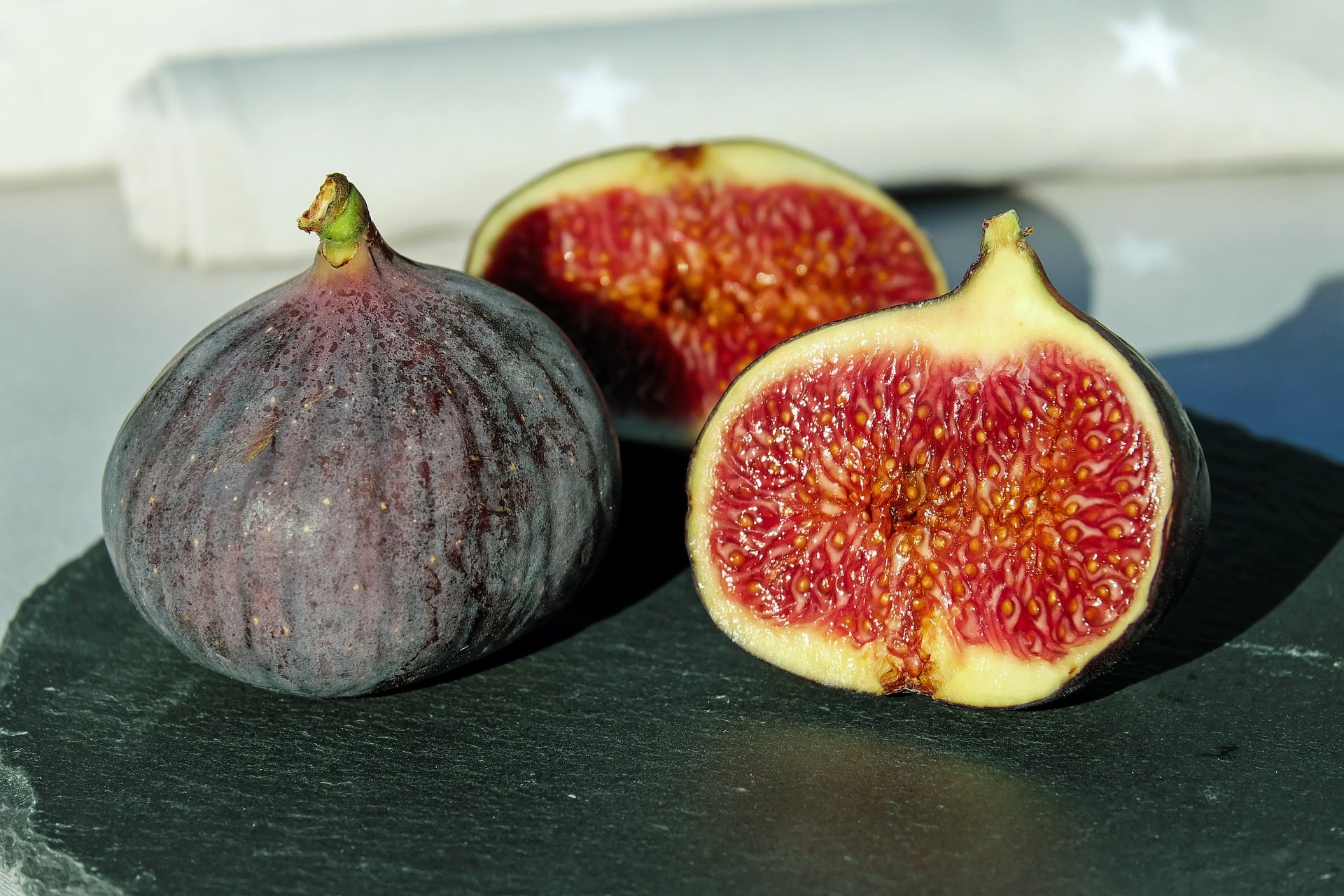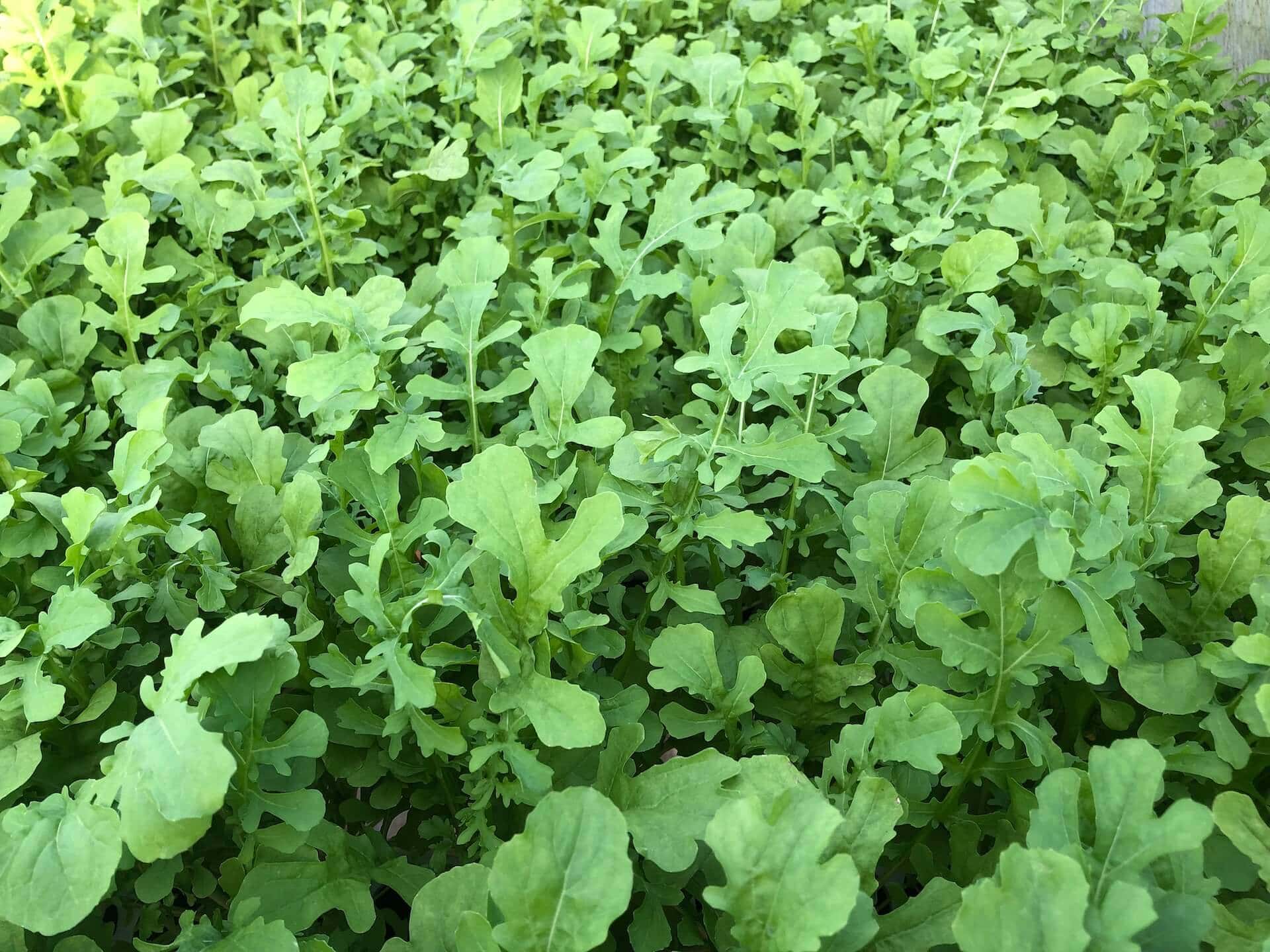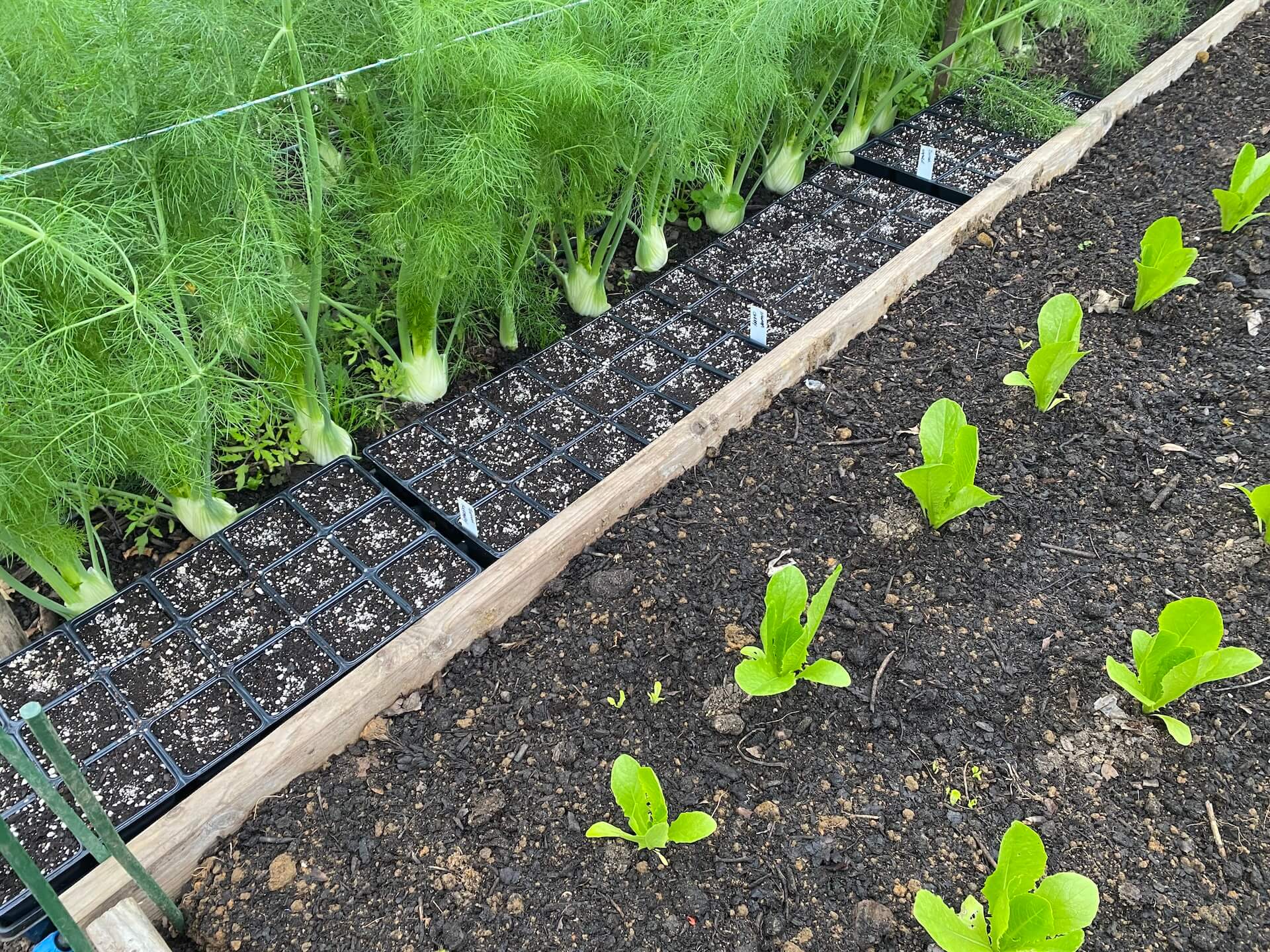This post may contain affiliate links. Probably doesn’t, but it might. It doesn’t cost you anything extra but if you use these links to buy something, we may earn a commission.
Table of Contents
8 Insider Tips for Growing Figs
Figs have been adored by humanity for thousands of years, and revered by chefs and food snobs as soon as they had the pleasure of eating a ripe fig. A fresh fig is naturally sweet and is as nutritious as it is delectable.
It seems that the less suitable the climate, the more we are determined to grow figs. Figs (Ficus carica) are naturally happy in hot weather (think the middle East), no winter to speak of, and sufficient water.
That’s why my mother decided she had to have fig trees in Delaware (zone 7a), with winters hitting 0-10 degrees on a regular basis and spring weather that teases us with late frosts and cold snaps. Not really the perfect environment, to say the least.
However, because we love figs and we are determined, we have come up with some tricks that bring us fresh figs on a regular basis.
Can fig trees grow in containers?
You can plant in containers or plant in the ground. On the farm, all our fig trees are in the ground. We have had figs in containers, but the size of the tree is constrained by the size of the container. Having the tree in the container makes it easier to move the whole tree into a protected area, such as a garage, for the winter. However, you do not harvest nearly as many figs as you would if the tree is planted in the ground. We want lots of figs, so we plant in the ground.
Whether in the ground or in a container, make sure you have nutrient rich soil with a good compost component. Figs are heavy feeders and like lots of nutrients.
How much sun should fig trees get?
Full sun is best. Sun up to sun down. More sun equals more figs. Figs love the sun and the heat. That being said, we have had fig trees that get full sun in the early spring, when they set their figs, and then less sun as surrounding trees leaf out. They still produce an abundance of figs. Full sun is still best.
What kind of winter protection do fig trees need?
Protection from winter winds and extreme temperatures. The wind dehydrates the branches and will kill those branches. More branches living through the winter means more figs the next season. Plant in the corner of a house to shelter from wind and to give the plant residual heat from the building. We have found that having two layers of protection is essential for both wind and temperature protection.
Protection from winter temperatures. Roots in the ground survive temperatures to zero degrees, but then it takes too long for the plant to send up new growth and grow more figs before cold weather comes in the fall. It takes 90 days for a fig to grow from small bud to fully ripe. Once night-time temperatures drop into the 50s, the ripening slows dramatically. Wrap the tree in burlap or row cover, mulch with leaves, cover in some fashion. If you use greenhouse plastic, be sure that the plastic is not touching any branches.
What will help fig trees produce more figs?
Add compost regularly. Every year add a generous top dressing of compost around the base to feed your tree. If you think of it, add some during the growing season as well.
In the ground will generate more figs than in a pot. The more space for the roots, the larger the tree can grow.
Consistent water once each week for trees in the ground. Water is essential for the figs to develop size and juiciness. Fig trees have a large root system, which helps the tree tap into water deep in the soil. Weekly watering is key to keeping your fig tree happy. If your tree is in a container, then you need to water daily once the leaves start growing and all during hot summer days. Mulch helps keep the water from evaporating as quickly. For fig trees in containers, you will need to water daily unless they get rain.
Should you prune your fig tree?
Thin out any dead or small branches each spring to keep the plant healthy. Prune the branches to a height that works for you—we trim back to 4-5 feet tall—as fig trees can grow 6-8 feet each year. Harvesting figs from a tall tree is more difficult than standing on the ground and bending the branch towards you. We prune in the fall, so that the tree fits under the cover we have.
Figs are relatively care-free, except for the winter needs. Some people advocate pruning some of the side branches, but it isn’t necessary. It is far more important to prune out dead branches or spindly branches. You want adequate air flow and you want to be able to reach ripe figs.
Fortunately, the branches are quite flexible and you can pull a branch toward you without it breaking. Fig trees can grow to 20-30 feet tall, so we top prune our to keep them to a manageable height. Our Chicago Hardy trees are pruned back to four feet tall each fall after they go dormant, and they reach 12 feet tall by mid-summer. We prefer not to use ladders, so we keep the height to what we can manage.
How can you keep birds out of the figs?
Problems for figs? Rain, ants, birds. If the figs are nearly ripe, then rain can cause the fig to split open. The open cavity is an invitation to ants to come right in. A split fig, even on the tree, will spoil very quickly. Harvest, toss what’s bad, and use what is still good immediately. If possible, harvest as much as you can before rain hits.
If birds are getting into your figs, it usually is because they are after the moisture. Having water available for birds can help deter them. Harvest promptly to keep from having extra soft figs which appeal to the birds. In the hot days of summer, you will probably need to harvest daily. If the problem is bad, you may need to cover your fig tree with bird netting or row cover.
Do you need more than one fig tree?
Figs are self-fertile, so you only need one tree. We call figs fruit, but technically they are “synconium” and the flowers grow inside of the covering. Each little seed of a fig is part of its flower. Figs can be green, brown, purplish-black, black, or white. There are hundreds of varieties. Figs are full of calcium, iron, and fiber. Figs have been used medicinally as a diuretic or laxative. If you eat too many, look out!

Are there any hazards about fig trees?
The white, milky sap of the tree and the roughness of the leaves are a skin irritant. Some folk remedies advocate the sap as a cure for warts. I have not tried this myself, so I cannot vouch for its effectiveness.
Other than that, the biggest hazard is eating too many at one sitting!
How long does it take a fig to ripen?
It is important to be patient with your fig trees. It takes a full three months for figs to go from first appearing on the tree to ripe and ready to eat. If harvested too soon, figs will not develop the sweetness and flavor that is desired. Look for the fully mature color. It takes several days for the fig to transition from the immature green color to the final mature color.
Keep in mind that there are many different colors for mature figs, so the final color varies depending on which variety you have. So-called white figs are actually a light green, so there is less color variation from the unripe fig to the ripe one, but there still are differences. The others, which can be light or dark brown, maroon or black, will have a greater contrast between unripe green and the mature color.
Secondly, the fig will start to droop and hang below the stem. The stem itself softens as well as the fig. And third, of course, the fig is slightly soft.
Your figs can stay on the tree for several days in this slightly soft stage, and will progressively get softer. How quickly or how slowly will depend on how hot it is.
Once you harvest your figs, plan to eat them within a few days. Keep them refrigerated, otherwise they deteriorate quickly.
How can you use figs in recipes?
I love cutting the figs in half and adding to a salad, if I don’t just eat them up. If you want an elegant appetizer that’s easy, try baked figs with feta cheese.
Baked Figs with Feta Cheese
Ingredients: figs, goat feta cheese, salt, pepper, fresh herbs like rosemary or thyme, olive oil.
Directions: Use a baking dish. Cut your figs in half, add a slice of feta, sprinkle with salt, pepper, and herbs. If you have extra cheese, you can arrange the figs around the feta. Drizzle with olive oil. Bake at 400 for 15 minutes, until cheese is softened. If you want to brown the cheese, put under the broiler for 1 minute.

If you have an abundance of figs, fig jam is a divine way of preserving your harvest. Here is a simple 3-4 ingredient recipe. If you choose not to can and just refrigerate, the jam will keep for 3-4 months in the refrigerator.
Fig Jam
3 cups ripe, soft figs
2 ½ cups sugar
Juice and peel of 2 small lemons, about 5 tablespoons lemon juice
Optional: 1 cup chopped walnuts
Trim the stems off the figs, cut in quarters. Add the lemon peel to the figs. Pour the sugar and lemon juice over the figs and lemon peels. Gently stir and let sit at room temperature for 6-8 hours. Place the mixture in a pan, heat at a low temperature until all the sugar is dissolved. Then increase the heat so that the mixture comes to a gentle boil; reduce the heat and simmer for 35-40 minutes. Stir regularly. Add chopped walnuts if desired after simmering for 25 minutes. When the mixture is thick and syrupy, remove from the heat. Remove the lemon skins.
Pour into sterilized jars, water bath can or refrigerate.
This will make about 32 ounces of jam. If the fig mixture is too thin, add a small amount of sugar. If the mixture is too thick, add a tablespoon of water at a time until it is the right consistency. No need to peel the figs. If you want the jam less chunky, mash the figs a bit before heating. The lemon peel provides the pectin for the jam plus it is a great flavor addition.
Use as a condiment for a cheese board, spread on toast or bagels, or as a topping for appetizers.
If you are willing to part with any of the results as gifts, the recipients will ask for some each year.
There are hundreds of varieties, each one a different size, color, and slightly different flavor. So far, I like them all! For growing purposes, look for varieties that are suited to your area. If you are in zones 8-9-10, most varieties will do well for you. For those of us who deal with snow and cold and winter, varieties that are hardier help us get through the weather to the figs. We grow Chicago Hardy, Brown Turkey, and Celeste.
Happy growing and happy eating!
~Ruth
About Ruth: I am the 6th generation of my family to farm here at Highland Orchards in Delaware. I grew up here, learning from my grandparents and parents how to plant, weed, harvest, and store fruits, vegetables, and flowers. My graduate degree is in history, so I love to research anything and everything. I have taught at all levels, including university and continuing education. I have done everything on the farm from planting to selling to social media. I love that I can share knowledge with people through books, blogs, and courses.
Additional resources:
- For more details on growing, harvesting, and selling figs, Harvest for Profit: An Essential Guide for Low Maintenance, No Spray Fruit covers what you need.
- If you want to know more about propagating a fig tree from a cutting, check out Gardening Know How.
- For more information on various fig varieties, check out this list of 18 different varieties from Homestead and Chill.
- Two books just about figs:
- The Fig: Its History, Culture, and Curing, by U.S. Dept. of Agriculture
- Growing Figs in Cold Climates: A Complete Guide, by Lee Reich





